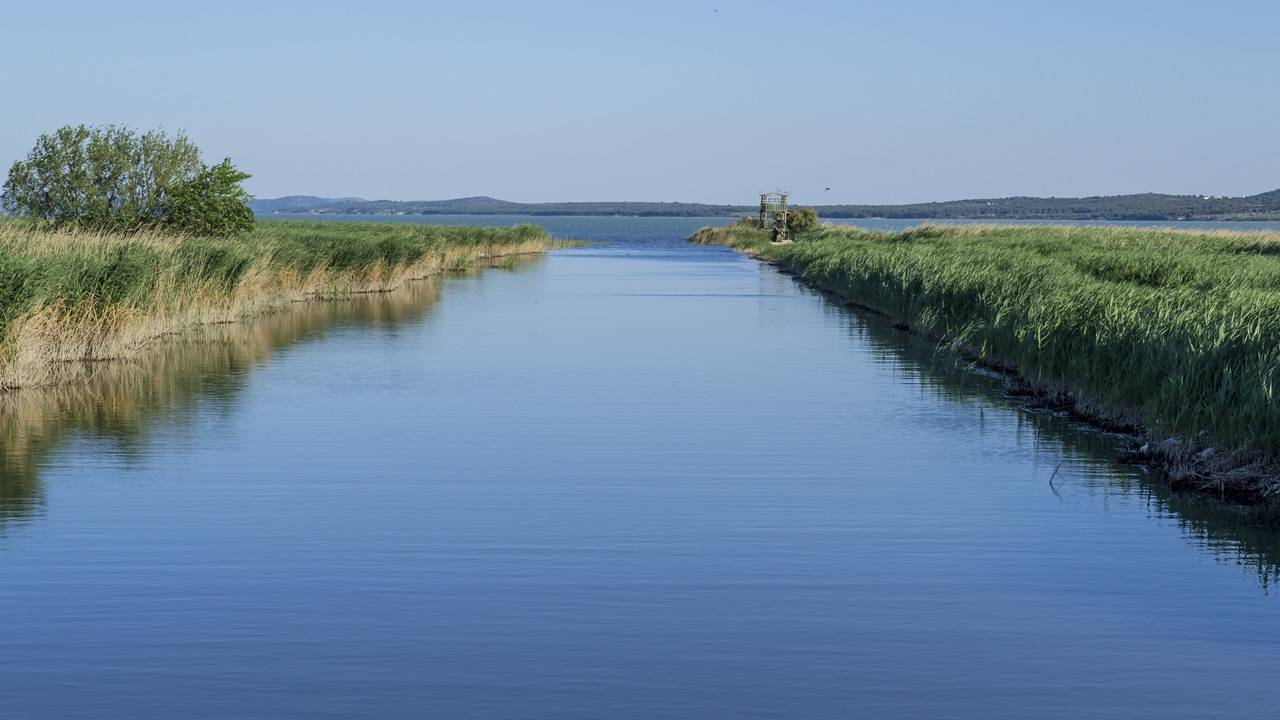
The water storage in the major reservoirs across the country remains a cause for concern as of November 16, standing at 69% of the total live capacity.
Although there has been a slight improvement from the previous week's 124.124 billion cubic metres (BCM) to the current 122.645 BCM, it is notably lower than both last year's levels and the ten-year average. The persistent low storage is attributed to an indifferent weather pattern experienced since June this year, particularly with record-low rainfall in August and October.
While 13 states still exhibit below-normal water storage, a marginal improvement is noted in Himachal Pradesh, where the level is now 1% above normal, compared to being 3% below the usual mark the previous week. According to the weekly bulletin from the Central Water Commission (CWC), the northern state has experienced a positive shift.
The overall low storage situation is, however, expected to improve as the southern peninsular region begins to receive substantial rains under the influence of the North-East monsoon.
Additionally, a cyclone forming over the Bay of Bengal is anticipated to bring precipitation to states like Odisha, Bengal, Bihar, northeastern regions, and eastern Uttar Pradesh. This rainfall is crucial for improving soil moisture and water levels, particularly benefiting the upcoming rabi season.
Analyzing regional storage levels, the southern region maintains a storage level of 44% of its capacity, remaining unchanged from the previous week. Within this region, 13 out of 42 reservoirs have a level lower than 40%, and six reservoirs fall between 40% and 50% capacity. In the northern region, the storage stands at 74% of capacity, with none of the 10 reservoirs having storage below 50%.
In the eastern region, the storage level is 71.78% of capacity, with one reservoir below 40% and three between 40% and 50%. The western region sees a decline in storage from 31.719 BCM to 31.237 BCM, representing 84% of the capacity, with three reservoirs below 50%. The central region reports a storage level of 80% of capacity, with eight out of 26 reservoirs having levels below 40%.
Looking at specific states, Tamil Nadu's reservoirs are at 41% below normal storage, while Andhra Pradesh is experiencing a 51% deficit. Karnataka's storage is 38% below normal, and Uttar Pradesh's levels are 32% lower than usual.
Thus, the current water storage situation in the major reservoirs indicates a persistent concern, although some improvement is expected with the onset of the northeast monsoon and potential cyclonic influence. It remains crucial to monitor these levels, especially as they have implications for agriculture and water availability in various regions.

















